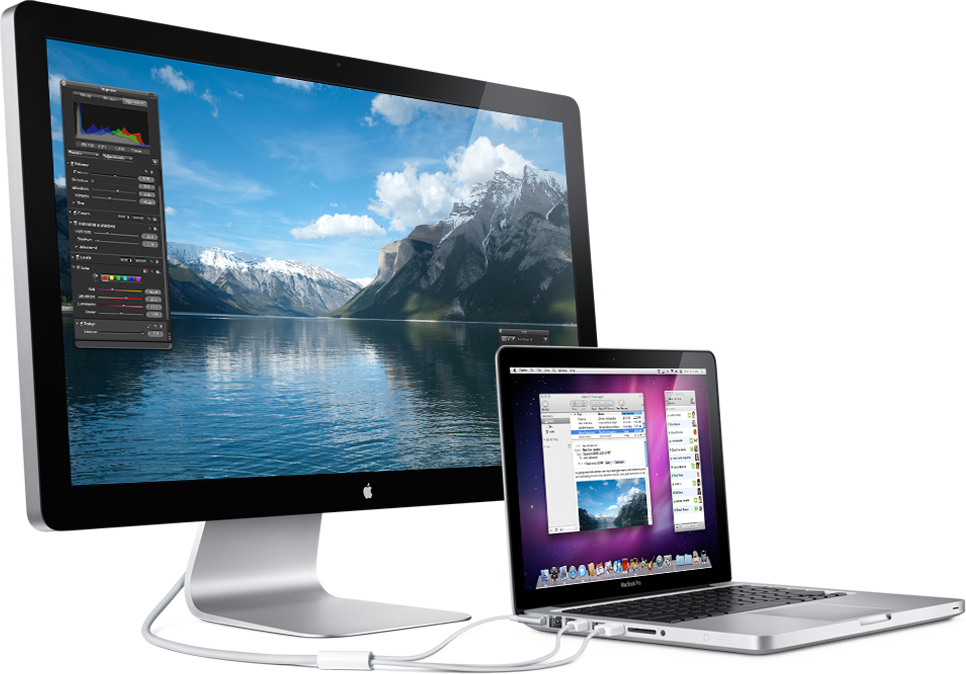
Thus, making the device patient-friendly.

In the night when the doctor is not present, and the nurse supervises the patient, there are some things the nurses cannot understand.

This equipment examines the vital signs and shows the observer the patient’s condition and how the individual parts are functioning. When a person gets a severe disease or gets involved in an accident, this gadget is attached to them. Indication of useīedside Monitor is useful in examining the vital signs in a person. The creation of the bedside monitor has solved all of those concerns and problems. Some people even died, and no none was able to identify the reason. Due to this, it was impossible to identify problems when they were related to the brain. Without the bedside monitor, it becomes nearly impossible to examine the activities inside the brain. One of the most significant problems faced at that time was with monitoring a person with issues related to his or her brain. Most of the time, they were too late to treat the victim at the right time due to which the patient would die. Doctors were unable to know the exact point when the condition of the patient starts to get worse. Due to this, the mortality rate was very high. There was no system to notify the doctor that the condition of the patient is worsening. In the old days, with a person admitted to the hospital or any local place where treatment took place, the doctors were unable to monitor the patient's condition continuously. The bedside monitor is one of the greatest inventions in the history of the world. This device was created very carefully, and the programming in its creation is very complex and is done by highly skilled people because a slight error can cause the death of a patient.

This way, it notifies the doctor or the nurse to take action. This device has a built-in alarm system that gets triggered by the worsening condition of the patient. Special roles such as capnography, oximetry, electroencephalography, and pulmonary artery catheter readings are also useful in firm circumstances. It can measure heart rate, respiratory rate, blood pressure, and temperature. The bedside monitor measures the functions of organs or processes accrued in a body.

Bedside Monitor sensors take readings from the body and send them to the main device using electronic signals, and the readings of a specific function of the body show on the display of the device. It attaches with the help of wires called leads, and it has sensors that connect to the body of the patient. The doctor or nurse can set it according to the requirements of the patient. The Bedside Monitor can measure a person’s heartbeat, SPO2 level, and more. Everything there is to know about a bedside monitorĪ bedside monitor is like a display of a computer or a television screen but with a wide number of functions.


 0 kommentar(er)
0 kommentar(er)
